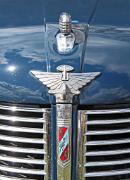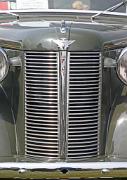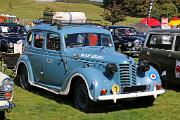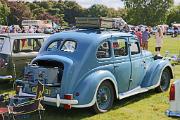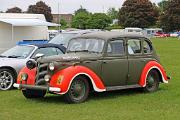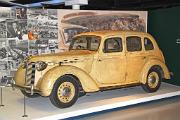
Austin Sixteen BS1 Million front
Austin Sixteen BS1 Million. In 1946 Austin produced its one millionth car, this Austin Sixteen BS1. The car is covered with the signatures of Austin workers.
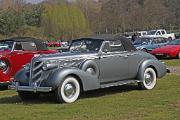
Buick Century 1937 Roadster front
Buick Century 1937 Roadster. The 1937 Buick had a similar front to the Austin Sixteen
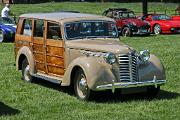
Austin Sixteen BS1 Countryman front
Austin Sixteen BS1 Countryman. The postwar Sixteen used an Austin Twelve body with a new 2199cc 6-cylinder engine. The 'Woody' was an option built at Papworth
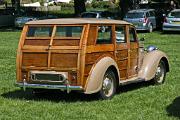
Austin Sixteen BS1 Countryman rear
Austin Sixteen BS1 Countryman. In postwar Britain with steel in short supply wooden bodies ( 'Woodies' seemed a good idea. Frank Jordan at Papworth Hospital approached Austin and landed the contract to build the new Austin 'Countryman' which sold very well.
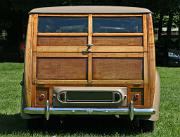
t Austin Sixteen BS1 Countryman tail
Austin Sixteen BS1 Countryman. Austin supplied the chassis with bonnet, screen and wings to Papworth where recovering TB patients built on the wooden shooting brake body. 500 of these Station Wagons were made, and Austin coined the term 'Countryman' for these vehicles.
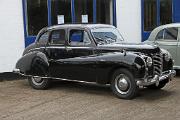 .'>
.'>
Austin A70 Hampsire
Image created by Simon GP Geoghegan (email: web@simoncars.co.uk)
